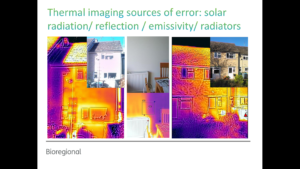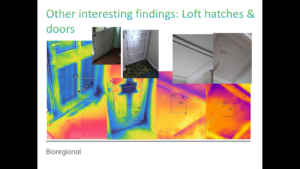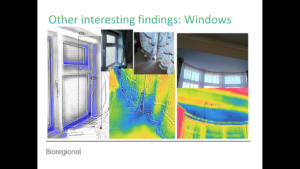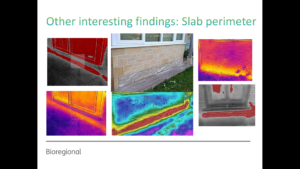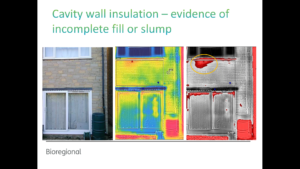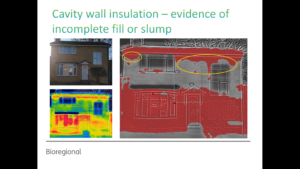Sustainable Charlbury – Greener Healthier Homes
Low carbon community group Sustainable Charlbury successfully applied for a £5000 large grant from Low Carbon Hub’s 2020 Community Grant programme to assess the energy efficiency and heat loss of a group of homes in Charlbury. The tests on The Green are part of a much bigger, long term project to build up a picture of the energy efficiency of every house in Charlbury in preparation for developing a plan to make the whole town zero carbon. Charlbury already has its own solar farm, Southill Solar, that produces enough green electricity to cover the power needs of Charlbury and nearby villages, Finstock and Fawler.
We want people to know if they have got homes that are healthy and pleasant to live in – warm in winter and cool in summer. They will be amazed to discover how much warm air escapes and how much cold air comes in ….and then there is the advantage of lower energy bills.
LIZ REASONSUSTAINABLE CHARLBURY MEMBER
Using the services of Bioregional, a charity which provides expert advice to organisations and households on sustainable living, residents were offered free air tightness, thermal imaging and cavity wall testing.
Members of Sustainable Charlbury discovered that many of the homes on the estate were privately rented, and that it can be difficult to encourage people to make changes to their home when they’re renting it and not the homeowner. However, eight homes signed up to the project and of them six enthusiastic households volunteered to take part in the testing.
Thermal Imaging
Thermal imaging produces a kind of map of a house in which energy efficiency and heat loss is indicated by changes in colour. Doug from Bioregional recorded thermal images of the houses taking part to show where they are leaking heat. To build up a complete picture, he recorded several images inside as well as outside each house, using a thermal imaging app on a portable CAT phone.
Results of the thermal imaging tests were fed back to Charlbury residents at two well attended open meetings in July and November 2019. Doug explained that most of the houses surveyed had cavity wall insulation consisting of small beads and fibres which had settled over time and left gaps, known as cavity slump. All of the houses surveyed showed evidence of heat loss due to cavity slump which can result in each house losing 50kg of CO2 per year.
Most of the houses were also found to be losing heat through the ground floor which is one of the most important areas to address.
Air Tightness Testing
Doug also carried out air tightness testing of the homes at an elevated pressure of 50pa (pascal) which is the equivalent strength of a strong wind. The common leakage points were:
- UPVC windows
- Front doors
- Floor boards
- Down lighters in the ceilings.
Most newly built houses by a property developer would have a minimum air tightness level of 10, with anything below that number considered to be good. It was encouraging to see that most of the houses surveyed on The Green had levels of below 10 but to put things in perspective, a house built to Passiv Haus standards would have an air tightness level of below one.
Retrofitting Measures
There were a range of measures recommended to residents to help them improve the energy efficiency, comfort and carbon footprint of their homes:
- Radiator foil placed behind radiators, especially on solid walls, can double the heat output.
- Insulating caps can be placed round down-lighters from the floor above.
- Insulate window reveals.
- Install decentralised MVHR (about £200 each) in place of extractor fans.
- Increase loft insulation to 300mm using a cross layered mineral wool.
- Replace windows with double or triple glazing.
- Install good cavity wall insulation.
- Consider external wall insulation.
Doug concluded that most households were seeking a holistic solution to their retrofitting needs such that provided through a Whole House Plan from Cosy Homes Oxfordshire – a project also supported by Low Carbon Hub.
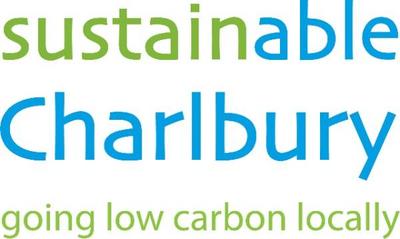
The results of the project now form part of the housing efficiency section of the Charlbury 2040 Vision for the Future campaign which is investigating all aspects of how life in Charlbury can become carbon positive by 2040.

